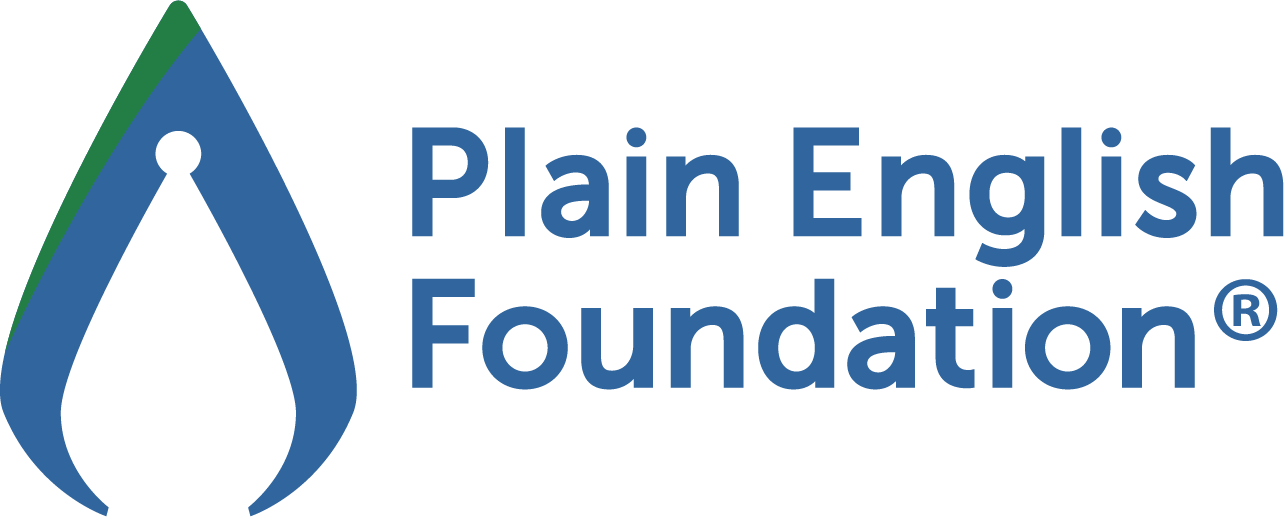Workplace writing and the fairy tales we tell
By Greg Moriarty
Life isn’t always fair. Take Cinderella and her 2 stepsisters.
Once upon a time, poor Cinders had it pretty rough. The disproportionate workload, the harsh treatment, the ostracism. Constantly having to prove herself. Three siblings, but only 1 of them always singled out for criticism.
Not too different then, from the 3 writing genres that use plain language: news journalism, popular fiction and workplace writing. Three sister fields that all uphold clear communication principles. Yet just 1 – workplace writing – bears the brunt of disapproval when it fraternises with plain language.
Why is clear writing so acclaimed in journalism and fiction, yet questioned, and even ridiculed, when linked to workplace writing? Short answer – ‘cause life ain’t fair.

A land of plain language
Plain language – despite the name – is the most sophisticated writing style we have. It gets results, and because of that, you’ll find it everywhere.
Plain language considers all the elements that a reader might need to help them find, understand and use information. This means that it is more than just choosing short words and sentences – it is also about document structure and design.
The 3 sister fields – news journalism, popular fiction and workplace writing – all use the same plain language elements of structure, design and wording to communicate clearly. Writers in these fields share a common goal: they must convey information to their reader, be it to inform, entertain or persuade.
Yet only workplace writing uses the ‘plain language’ label, copping the negative attention and awful descriptor ‘dumbing down’. It is rare to see media pieces that accuse a fellow journalist of ‘dumbing down an article’ or reviews that complain about an author ‘dumbing down their book’. These 2 sisters sidestep the negative press.
A strange twist of fate
Let’s look at examples of how the 3 writing fields use plain language to ensure readers understand complex material with minimal effort.
First journalism. An editor structures the article to present the key content first, sometimes with a brief list of key messages. They apply design features such as line length, paragraph spacing, white space and headings to present the text simply. And they use short words, simple sentences, efficient language and active verbs to make the articles more readable. News just in: these are all plain language practices.
Popular fiction operates similarly. That paperback novel you’ve been lugging about arranges the chapters into a clear structure that leads you through the plot. It draws on the latest research on design to present well-spaced text in a readable serif font. And short words, efficient phrases, simple sentences and verbs in the active voice fill each page. Plain language techniques convert 80,000 words into a page turner.
Sure, some writers choose to be more complex. But their books might not be the ones you turn to when you’re looking for a straightforward and enjoyable reading experience.
This is one reason why so many of us are now using plain language at work. Why make something difficult to read when it could be straightforward?
But exercise caution! Call your draft ‘a plain language edit’ and the misguided criticism may arrive: ‘Take care not to dumb it down,’ or ‘It still needs to be technically accurate’. Similarly, propose plain language writing training and you’ll meet with unwarranted fears.
You might even see the bizarre situation where a media article written in plain language criticises a government agency for training its staff on how to write in plain language. Make it stop! Workplace plain language advocates are tired of being thrown under a horse-drawn carriage!
At every turn, it’s workplace writing Cinderella who gets the raw deal. It’s no fairy tale! Not when it’s so clear that the 3 sisters yearn for the same thing for their readers – sparkling online texts and – er – Charming Prints.
An end to the spell
How did we get here? We think it’s largely due to labelling. That darn word ‘plain’ with its less-than-stellar connotations: nobody wants to eat the plain biscuits.
In addition, people will often leapfrog from ‘plain’ to ‘loss’. They might consider the original document better, and think that it preserves detail, accuracy or precision. But comparing the ‘before’ and ‘after’ versions of a document edited in plain language shows this isn’t the case. If the edit goes too far and cuts key details or loses accuracy, it’s no longer a plain language edit.
Anyway, there’s no getting away from ‘plain’. In 2023, the International Organization for Standardization gave us a plain language standard (ISO 24495). Both the writing style and the label are becoming more entrenched by the year. Finally.
We need to embrace the idea that plain is good. It’s not reserved only for ‘basic’ documents – it’s for all writing.
Think of ‘plain sailing’, which is exactly what we experience as we consume articles and novels which are effortless to read. More and more, we need our workplace writing to become plain sailing too.
A fairy tale ending
Make no mistake. The future is looking brighter than a fairy godmother’s wand.
Plain language practitioners are an ever-optimistic bunch. Writers, editors and trainers alike, we believe in our craft and our communication tools. And we’re joining forces around the world to magically transform workplace writing, document by document.
Look, here comes the fairy godmother now.
‘Workplace writing, you shall go to the ball!’
For your very own fairy tale ending, ask our editing team to work their magic on your documents. Our plain language editing makes texts more precise, persuasive and successful.






